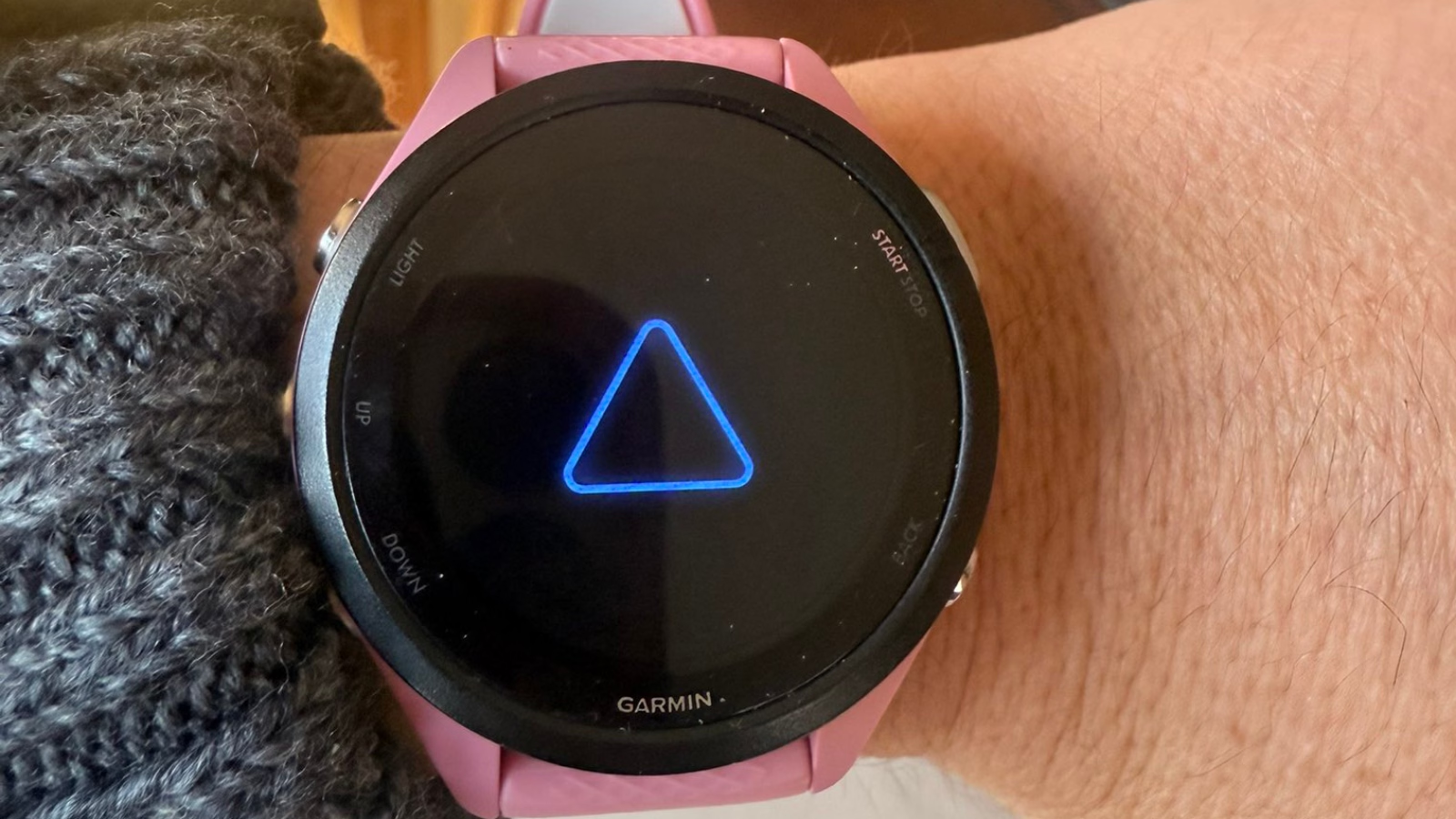In a move that promises to reshape the way users interact with their PCs, Microsoft has announced that the traditional Windows Speech Recognition (WSR) feature will be phased out in September 2024. This decision, however, is far from a step back. Instead, it heralds the introduction of Voice Access, a more advanced and versatile tool designed to meet and exceed the capabilities of its predecessor.
Key Highlights:
- Windows Speech Recognition (WSR) to be replaced by Voice Access in September 2024.
- Voice Access introduces enhanced control and text authoring capabilities using voice commands.
- The new system offers support for a wide range of languages and special features for users with disabilities.
- Voice Access works offline, offering seamless functionality without the need for an internet connection.
Voice Access is not merely a replacement but a significant upgrade over the existing speech recognition feature. It offers users the ability to control their PC and compose text using voice commands, even in the absence of an internet connection. This feature is particularly beneficial for individuals with mobility disabilities, as it includes commands for opening and switching between apps, browsing the web, and composing emails—all through voice.
Comprehensive Control with Voice Commands
The versatility of Voice Access extends to a comprehensive set of commands that cover nearly every aspect of PC interaction. Users can perform actions within apps, select items by name, double-click, switch between apps, and even scroll in documents or web pages with simple voice instructions.
Innovations and Accessibility Enhancements
Microsoft’s commitment to accessibility and user-friendly design shines through with Voice Access. Among the notable new features are:
- Voice Shortcuts: Users can create custom voice commands for single or multiple actions, enhancing productivity and personalization.
- Multi-Display Support: Voice Access’s functionality spans across multiple displays, allowing users to interact with and move items between screens effortlessly.
- Global Language Support: Initially available in English, Voice Access now supports additional languages, including German, Spanish, French, and more, making it accessible to a global user base.
- Integration with Narrator: For users who rely on Windows’ built-in screen reader, Voice Access integrates smoothly, allowing for voice dictation and command control within Narrator.
Transition and Technical Support
As the September 2024 deadline approaches, users currently relying on Windows Speech Recognition are encouraged to transition to Voice Access. Microsoft provides comprehensive guides and technical support to facilitate this shift, ensuring that users can harness the full potential of their PC with the power of their voice.
Microsoft’s decision to evolve its speech recognition capability into the more advanced Voice Access reflects a broader commitment to accessibility, efficiency, and technological innovation. By expanding language support, integrating with existing accessibility tools, and enhancing control over the PC, Voice Access is poised to redefine how users interact with their devices. As the technology landscape continues to evolve, features like Voice Access ensure that Windows 11 remains at the forefront, offering users an operating system that is not only powerful and secure but also inherently inclusive and accessible.



















